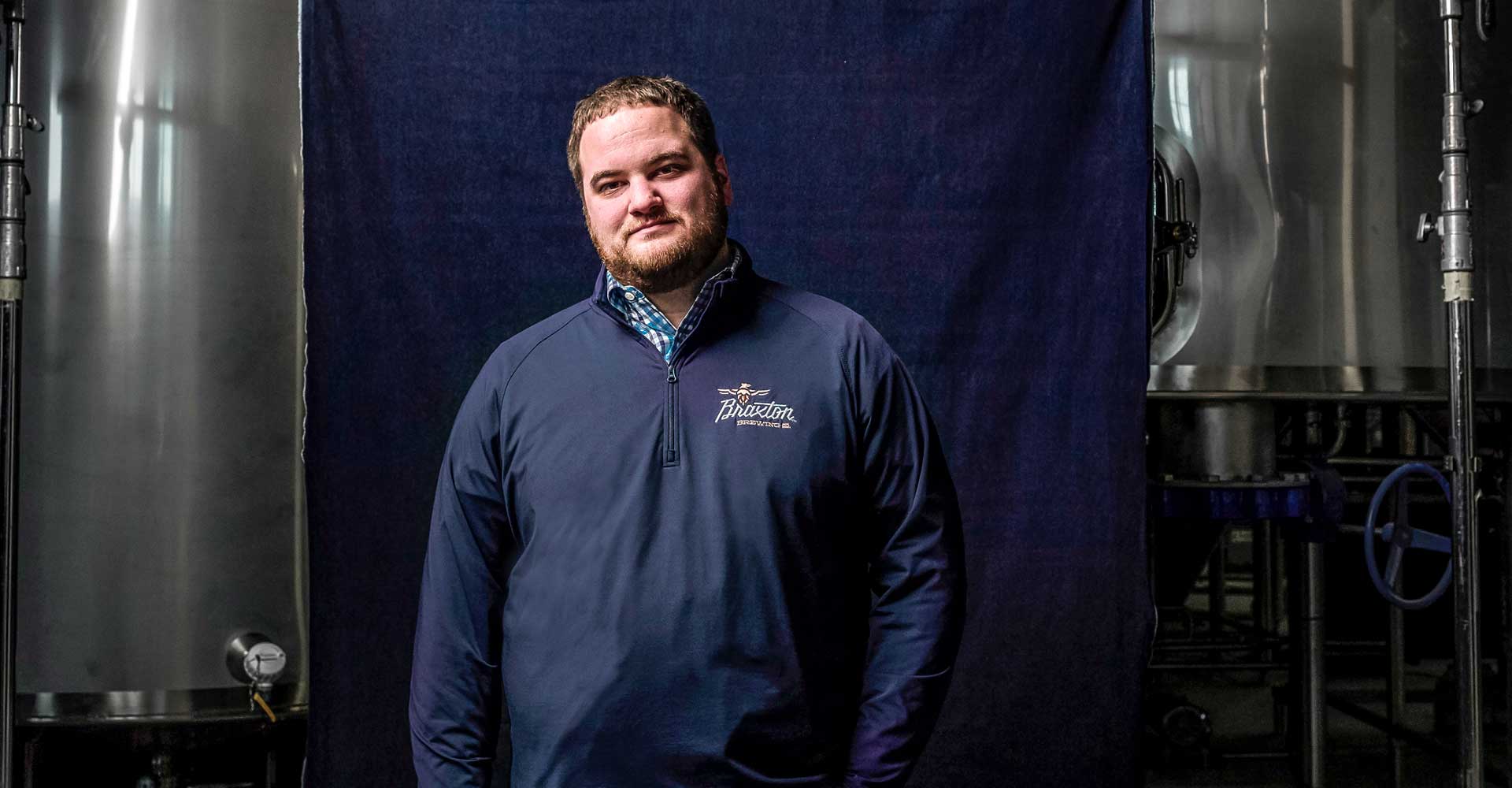
Case Study: Braxton Brewing Is Focused on the Fundamentals
The eight-year-old Kentucky brewery is recentering on core principles while diversifying its revenue streams, aiming to get back to growth.
Showing 181-200 of 824 articles

The eight-year-old Kentucky brewery is recentering on core principles while diversifying its revenue streams, aiming to get back to growth.

Three owners of very small breweries explain why running their businesses without investors—or even many employees—has helped keep them afloat.

Finding, keeping, and developing great hospitality staff has never been tougher. There are no quick-and-easy answers, but here are some practical measures for attracting and empowering a strong team—so they can better deliver the experiences that keep customers coming back.

Nonalcoholic beer is a growing category, and some smaller breweries are getting into that space. However, doing it properly may entail much more study, planning, and compliance than you expect.

Whether higher-maintenance or on easy mode, in the remote countryside or an urban parking lot, offering spaces to camp can bring in more revenue for breweries.
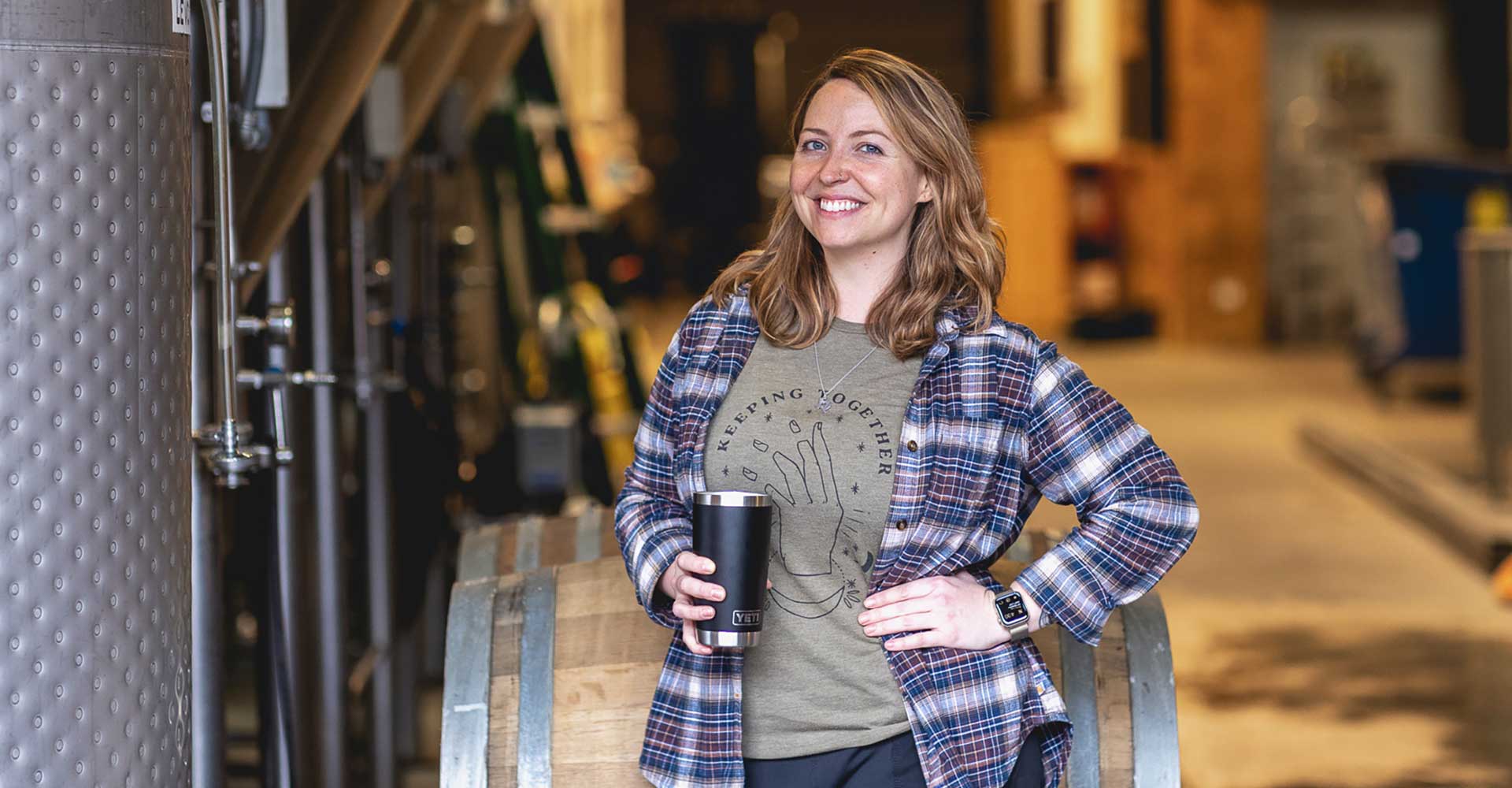
The owner and head brewer of Keeping Together—formerly of Chicago, now of Santa Fe, New Mexico—talks about leaning into farmhouse-inspired brewing and helping drinkers unlock their flavor memories.

With hop harvest behind us, now is the time to find unique new varieties (before everybody else knows their names).

This year has seen craft beer continue its remarkable bifurcation in purchasing behavior, as on-premise diverges ever further from retail.

Breaking up, as they say, is hard to do. When a brewery and its cofounder or head brewer part ways, planning ahead goes a long way toward helping to prevent acrimony.

Leaning into classic styles while focusing on its regional market, Central California’s Figueroa Mountain Brewing is sticking to its game plan: keep brewing approachable beers of uncompromising quality.
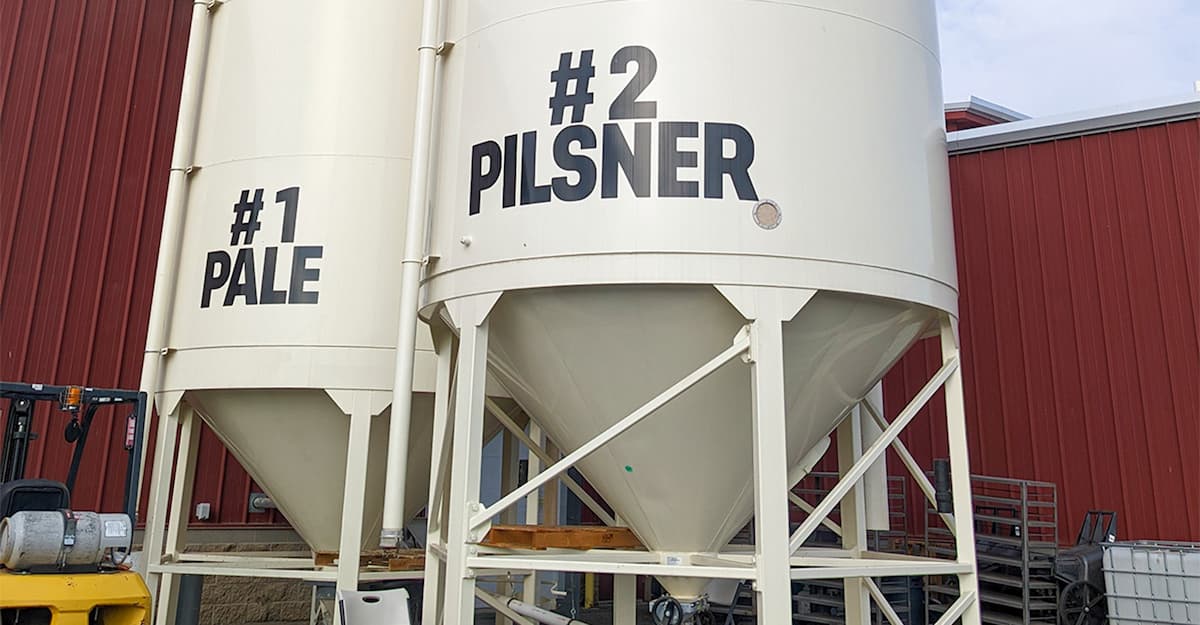
Whether it’s the various costs involved, location, conveyance, or keeping peace with the neighbors, here are some key considerations when it’s time for your brewery to bulk up.

Chasing flavor-driven trends on retail shelves is certainly one way to pursue growth. Yet smaller breweries may find more success by recommitting to an identity grounded in intentional brewing.
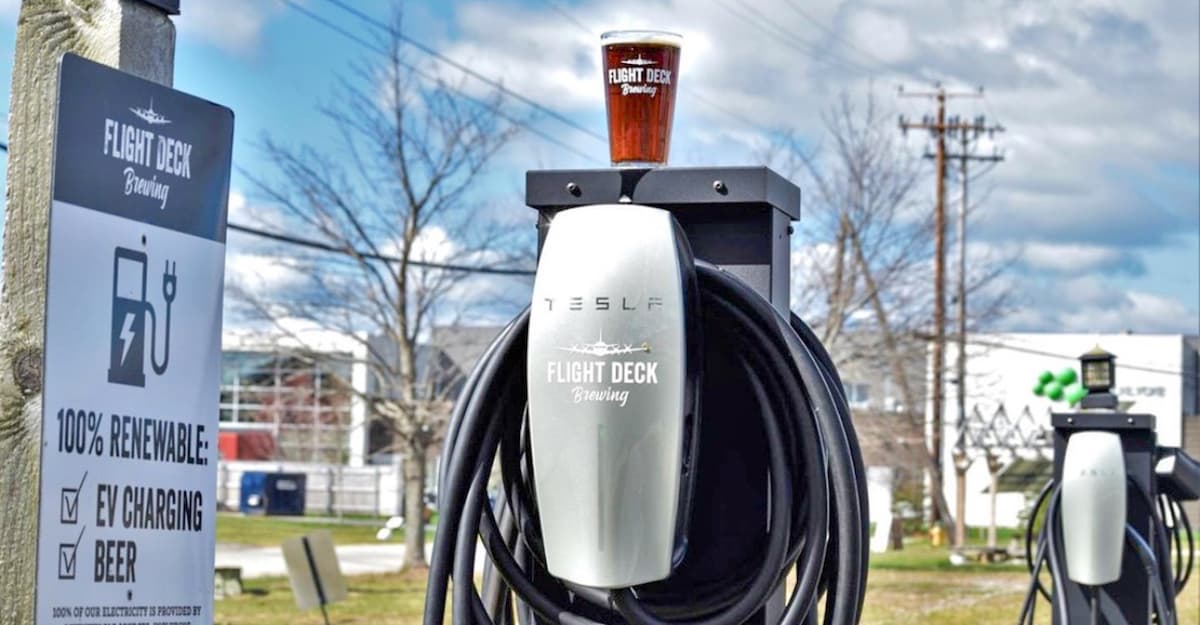
If you build it, they will come... Some breweries are discovering that investing in chargers for electric vehicles can attract more customers while serving wider company goals.

Atrevida Beer in Colorado Springs, Colorado, became nationally known last year, but not in the way that any brewery would choose. Here, cofounders Jess and Rich Fierro talk about how Jess got into brewing and about managing through traumatic circumstances.

While many brewers love a well-made, Belgian-inspired saison—dry, refreshing, and great with all kinds of food—it can be a tough sell to North American drinkers. Yet the style has broad potential when breweries highlight the liquid’s virtues.

Despite recent troubles with input costs and supply chain, the vibes coming from the malt market seem relatively calm and upbeat. Hey, let’s not jinx it.

This bucolic Catawba Island brewery lures visitors with 63 acres of orchards and farmland—then turns them into loyal fans of its impeccable beer. Its next act? Acquiring another, distinctly less agrarian, brewery.
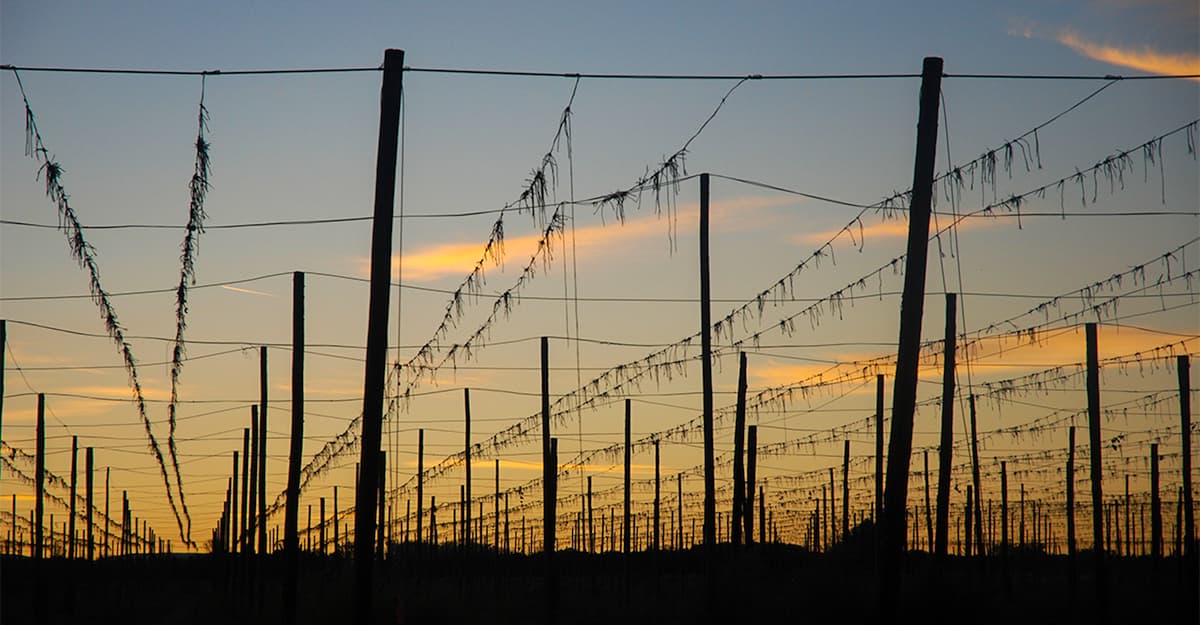
While the numbers are far from final, there were modest steps toward rebalancing the market for U.S. aroma hops. Centennial and Simcoe had a rough year, while rain helped Germany and Czechia avoid a second consecutive disastrous harvest.

From a new gueuze in Brussels to a newly named hop in Yakima, here are some news and announcements from around the industry.

Hop water is going mainstream thanks to its broad appeal and low cost of entry for small breweries. In the second of a two-part series on producing hop water safely and profitably, we zoom in on production, packaging, and the importance of testing.